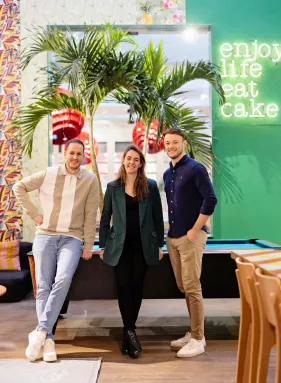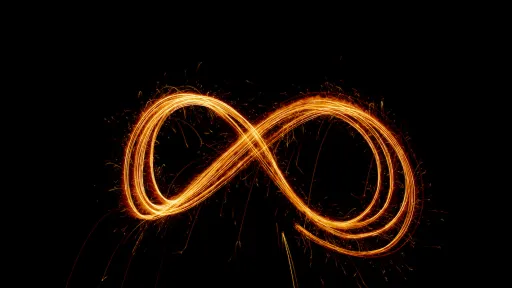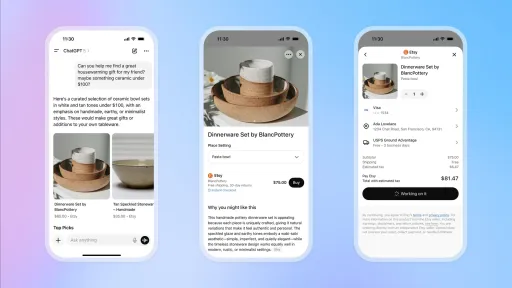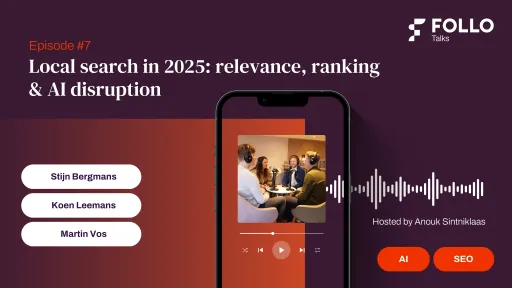The growth of TikTok is still enormous. The user growth that took Facebook 7 years, took TikTok only 4 years. The main reason for this growth is an algorithm that was elevated to a higher level compared to other platforms. Content is only visible to people who are interested in it based on interactions with previous content. The social advertising strategy we previously used, where we maintained a lot of control over which content was delivered to whom, had to be drastically adjusted. In this blog, you will read how this new strategy was developed, how you can apply it, and what the initial results are.
Why TikTok?
We are moving from static images to moving images. That immediately grabs your attention and provides the inspiration you are looking for at that moment. And when you combine these moving images with a stronger algorithm than we have known before, the impact is great. Very great. We are experiencing online sold-out products on a large scale due to TikTok videos, but the offline impact is also visible. Visitors to Amsterdam see long lines for relatively unknown coffee shops, chip shops, and other eateries. Crowd managers have even been deployed here to regulate the lines and maintain control over the crowds in the city center. And why? Because of TikToks that are seen, liked, and shared by millions of people.
We often hear the question: “TikTok, isn't that a platform for younger generations?”. Or: “My target audience isn't on TikTok, right?”. That may have seemed so, but the growth in users over 40 years old is happening rapidly. This has also been the case with the adoption of a platform like Instagram. Young people adapt to new developments faster and adopt a platform more quickly than an older audience. But that doesn't mean they won't follow quickly. Currently, 25% of users are between 10 and 19 years old, 22% of users are between 20-29 years old, 22% of users are between 30 and 39 years old, 20% of users are between 40 and 49 years old, and 11% of users are over 50 years old. These percentage differences will further decrease in the coming years.
The TikTok Algorithm
Algorithms have been used for a long time within platforms like Netflix and Instagram, but TikTok takes it to a higher level. The TikTok homepage contains two tabs:
- Following: a tab that contains all TikToks from accounts you have consciously chosen to follow.
- For You: a unique and intensely personalized feed with videos you are likely to enjoy. This is the page you automatically land on when you open the app. This is different from other platforms, where you first land on the page where the content from your followers is visible.
The algorithm within the ‘For You’ page, or the so-called ‘For You Page’, is a system that determines which TikToks end up here. No other user on TikTok sees exactly the same videos as you. TikTok uses information from your personal account, user interactions, information about the videos, and even your device settings. When you sign up as a user on TikTok, you are asked to indicate a number of interests. Based on these interests, TikTok creates a basic feed for you. When you start watching these TikToks, you will have a certain level of interaction with specific videos. These can be user interactions such as:
- Following an account
- Posting a comment
- Liking and saving videos and sounds
- Sharing videos
- Rewatching a video or dropping off before a video ends
All these user interactions are recorded, analyzed, and combined with all the information the videos themselves contain. Think of captions, hashtags, sounds, device, country and language, and other video settings. Machine learning is then applied to the user interactions and all the characteristics of the videos to make the right match between user and video. For example, you will see new videos that are similar to the videos you have had certain interactions with. This also means that the algorithm knows which and how many videos are needed before you make a purchase.
The Customer Journey
It is not new that TikTok's algorithm now also shows that one person needs more videos to convert than another. Insights into conversion paths within Google Analytics have been showing us for a long time that the customer journey of different people within the same target group can vary greatly. For example, one person may convert after 11 interactions with social media, while another may convert after 1 interaction with social and 1 interaction with another type of channel.
The expectation is that this customer journey will further expand in the coming years due to the increasing availability of information in the form of, for example, videos on TikTok. The number of videos is increasing exponentially here, making much more information available about your next purchase. In the travel industry, tips are shared about booking the best flight, vacation destinations are highlighted, and the best restaurants at your destination can be found via TikTok. We are exposed to much more information, which means we will have more touchpoints to convert.
The Infinite Loop
If we need more touchpoints to convert and if the different customer journeys of individuals are so far apart, should we still want to maintain full control over the path someone takes before they convert? And: should we let everyone follow the same customer journey?
These latest developments and a well-developed TikTok algorithm create a new approach: The Infinite Loop. The Infinite Loop is the ultimate goal of conversion-focused advertisements. It is an endless path a user takes based on all interactions with certain advertisements. There is no clear beginning, but also no clear end.
In the traditional customer journey (online marketing funnel), a user moves from awareness (SEE), to consideration (THINK), to conviction (DO). This online marketing funnel makes it possible to maintain control over the path a user takes. With The Infinite Loop, a cycle is used instead of a funnel. Users are engaged at every stage of this cycle by liking videos, sharing videos with friends, or navigating to the product visible in the video. With each interaction point, the algorithm improves the cycle, keeping it intensely personalized. The Infinite Loop ensures that a user is seamlessly guided through the cycle from, for example, awareness (SEE), to conviction (DO), and back from consideration (THINK) to awareness (SEE) and conviction (DO). A different cycle for each individual.
Result
When applying The Infinite Loop to current social advertising strategies, we consider the supply of both existing and new target audiences in each campaign with different objectives. This way, algorithms determine the budget distribution between existing and new target audiences and the distribution between certain types of campaigns (awareness, consideration, and conviction). Of course, it is important to continue analyzing, eliminating, and adding to achieve the best-performing campaigns. When using The Infinite Loop within Meta, we see an increase of 118% in ROAS, 109% in conversion value, and 111% in ROAS.

Do you want to know more about this new way of advertising or how we can apply The Infinite Loop within your social advertising strategy? Contact us here.




